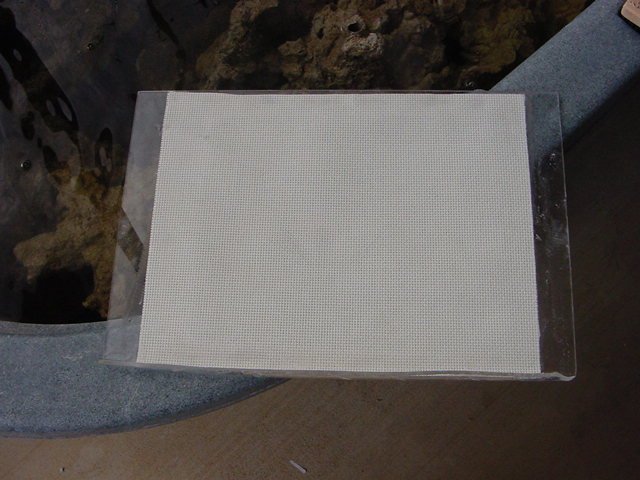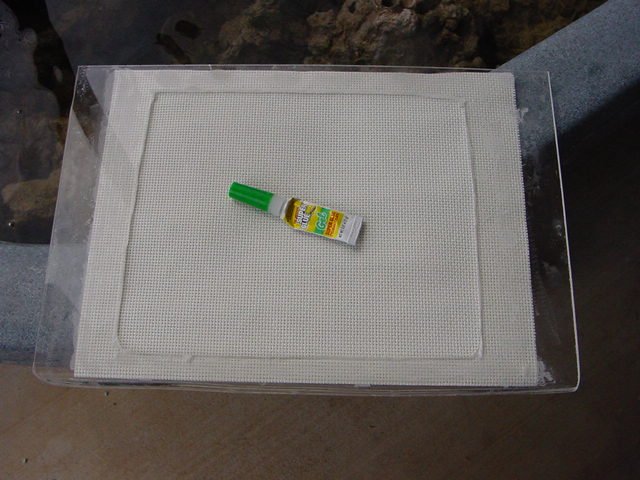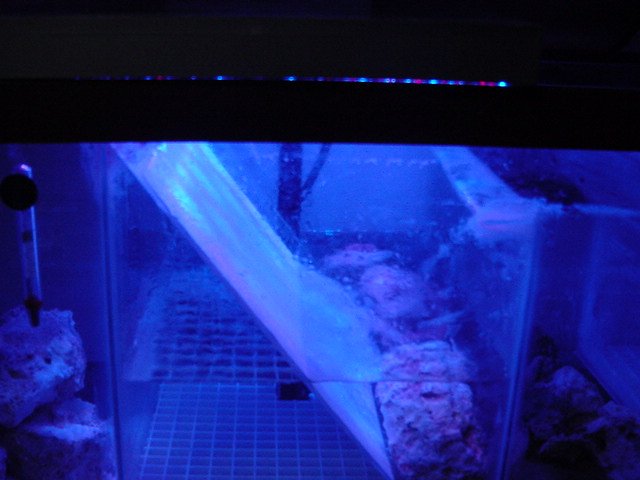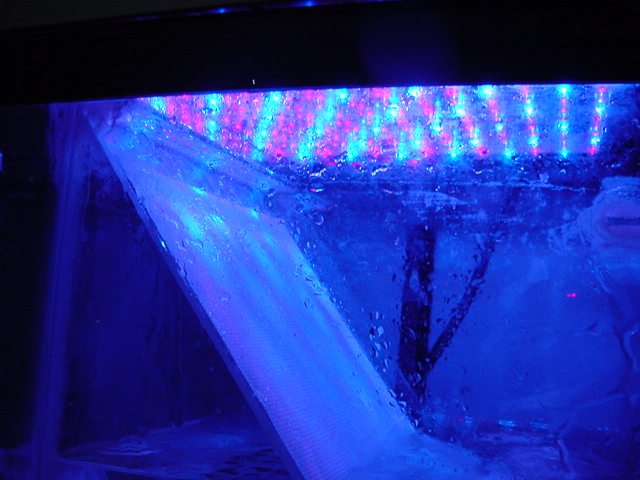He SM :help: Do refresh me on the surge and its function purpose.
I have mine up and running now, I used a cotton mesh, I thought the hook weave was just a tad coarse for they type of water flow I am using. (see pic)
I am totally impressed with the growout on the screens. This just seems like such a better alternative than mechanical removal. Now to go one step further, I have an LED panel on mine, and can see what will happen.
This is a fresh setup, and haven't measured trates or phos. I'm curious as to what effect the different spots of red and blue led will have on growth.




I have mine up and running now, I used a cotton mesh, I thought the hook weave was just a tad coarse for they type of water flow I am using. (see pic)
I am totally impressed with the growout on the screens. This just seems like such a better alternative than mechanical removal. Now to go one step further, I have an LED panel on mine, and can see what will happen.
This is a fresh setup, and haven't measured trates or phos. I'm curious as to what effect the different spots of red and blue led will have on growth.









